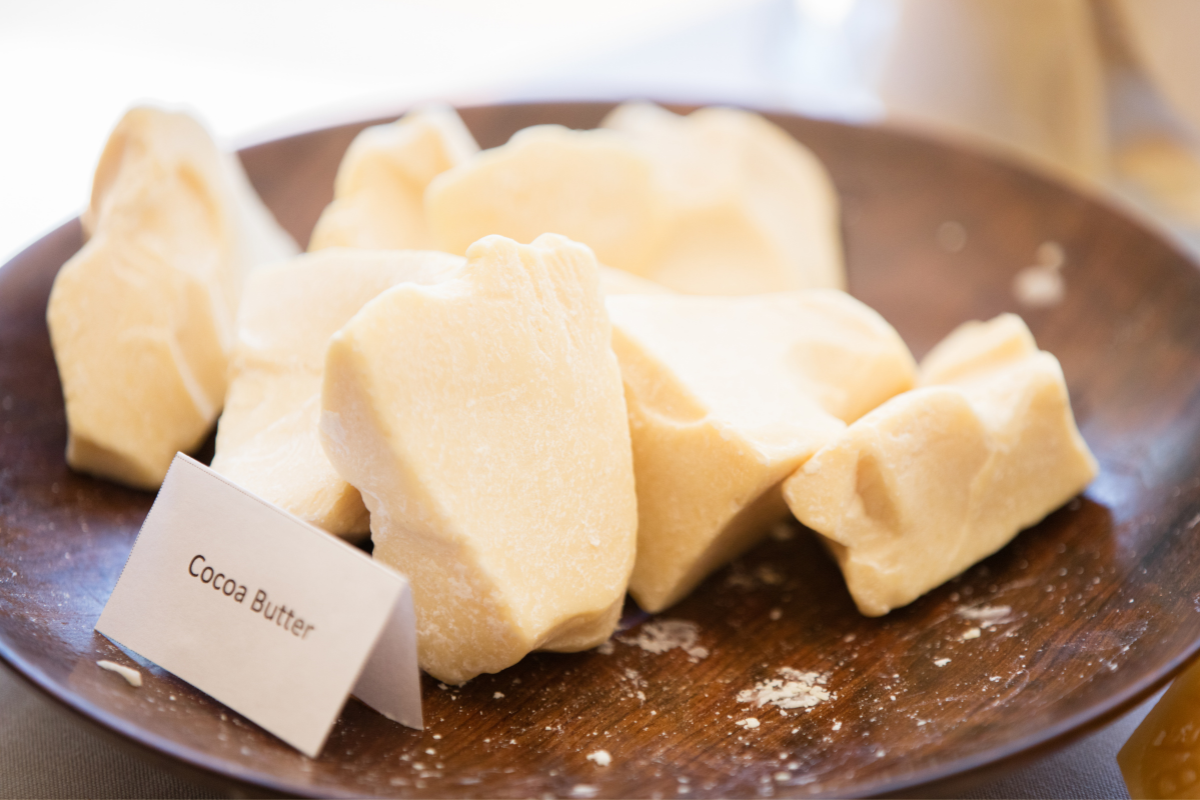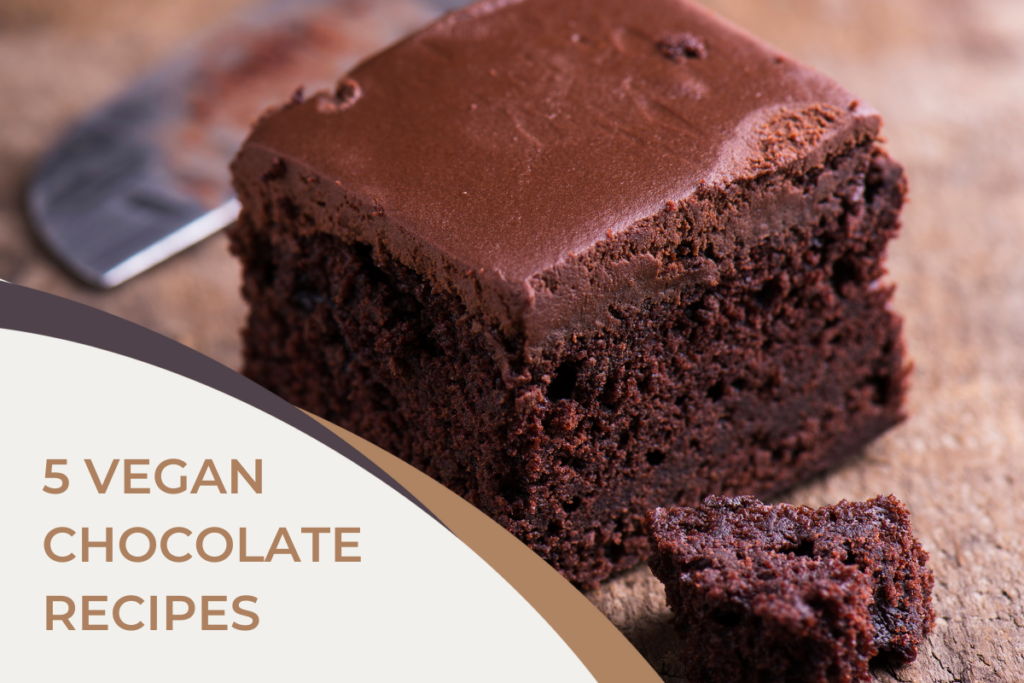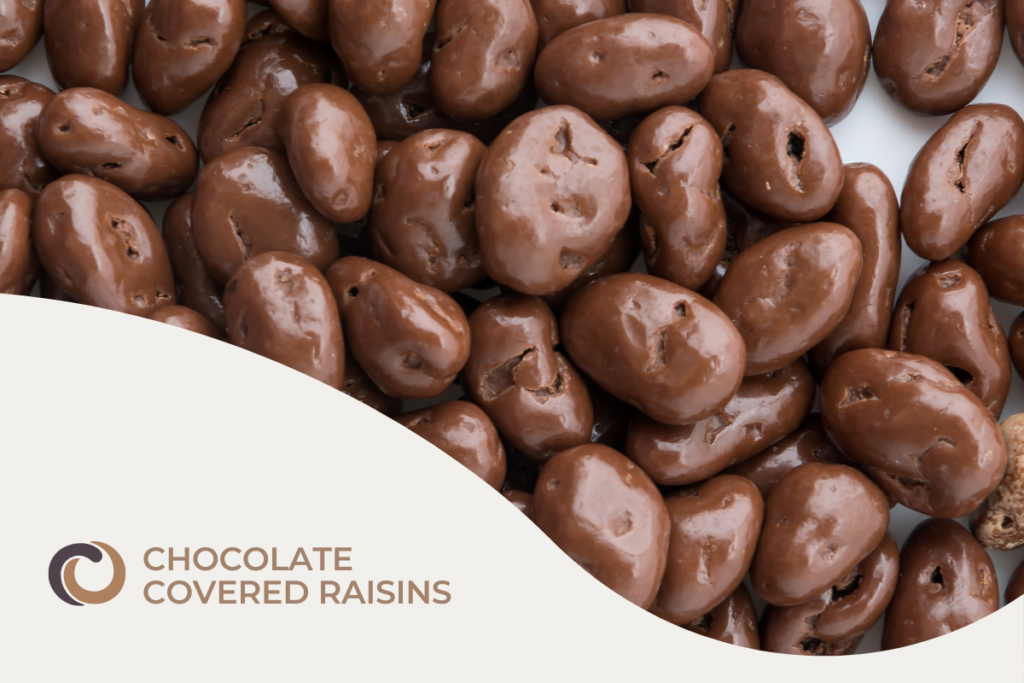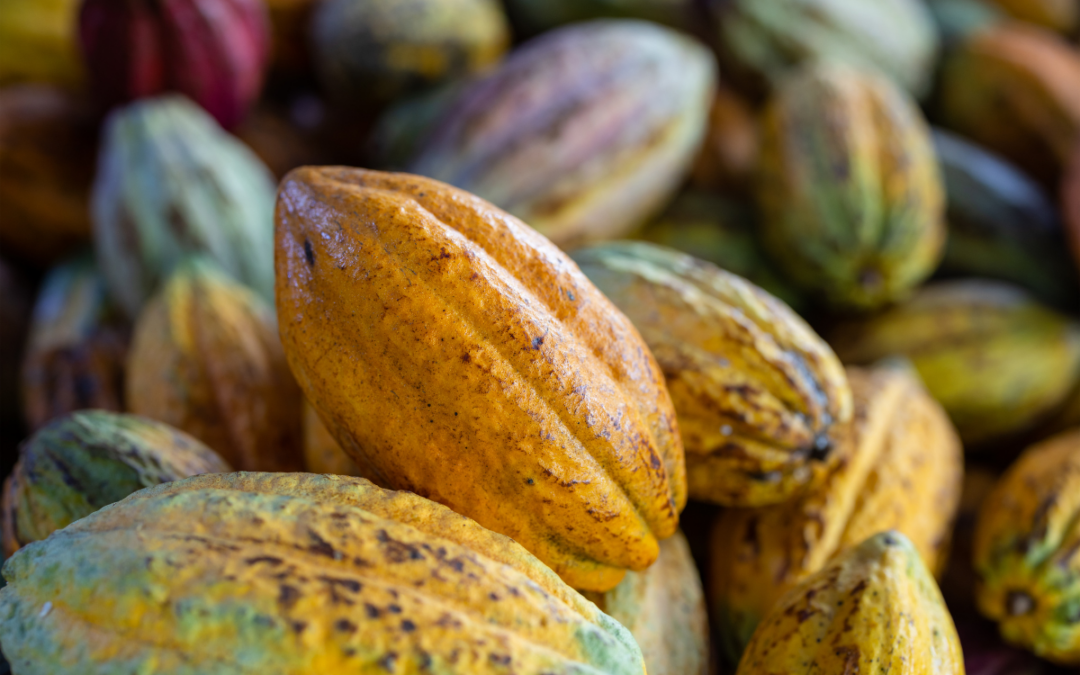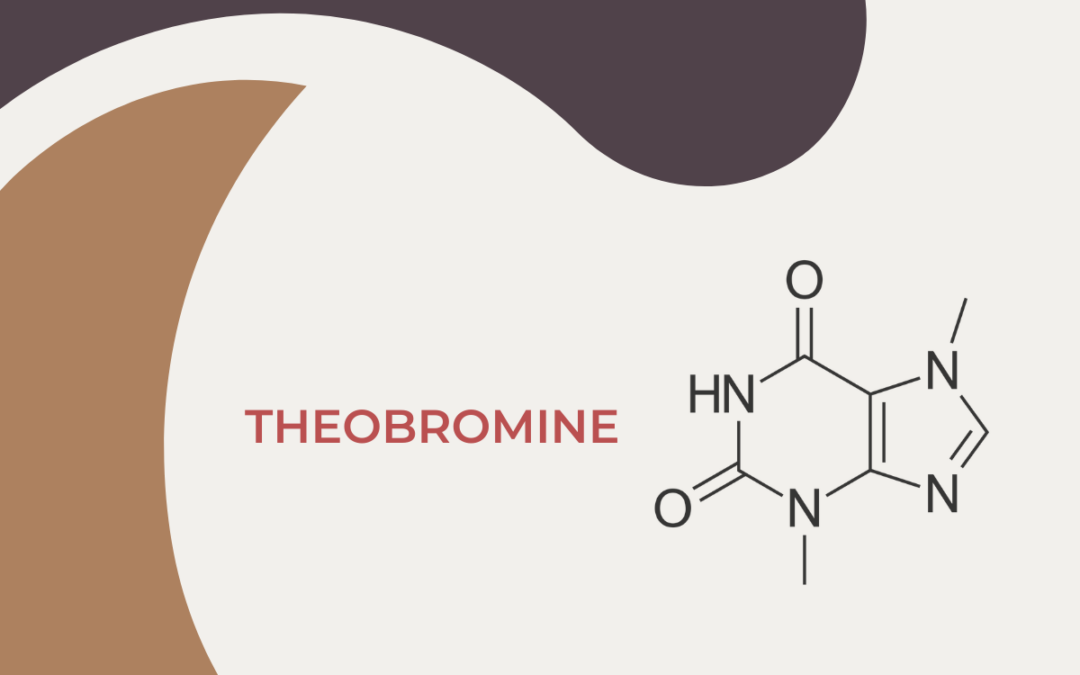Cocoa butter is a key ingredient in the making of chocolate since it is responsible for its texture, palatability, and shine, as well as its characteristic snap. In this article, you’ll learn all about cocoa butter and how to liquefy it at home. Cocoa butter is a vegetable oil that is solid at room temperature. It is part of a class of fats called lipids which are comprised of saturated and monounsaturated fatty acids. Is easily recognized by its ivory color. Most of the time, it is in a solid state, in the form of a block or chipped into smaller pieces.
How cocoa butter is made
Cocoa beans are cleaned and sanitized in a steam process before being roasted between 212° and 284°F, depending on the variety. They are then crushed in a process called winnowing to remove their husks. The resulting cocoa nibs are ground into a paste known as chocolate liquor or cocoa mass.
Two pounds of cocoa beans will yield about 1.5 lbs of liquor, with the remainder being mostly water and shell. The cocoa mass is heated and poured into a press in order to extract the cocoa butter. The press contains a filter that separates the liquid fat from the cocoa solids. The cocoa butter that emerges from the press is collected and ready for use (the hard puck of cocoa solids that is left behind is ground up and turned into cocoa powder!). The liquid cocoa butter is sometimes tempered before being molded and packed for use by chocolate makers, chocolatiers, and pastry chefs.
In the chocolate industry, cocoa butter can be “natural” or it may undergo a deodorization process to neutralize its aroma. Callebaut, the industrial chocolate giant, offers “deodorized” cocoa butter that is neutral in color and flavor. They typically sell their cocoa butter in the form of drops but also in powder form. Their powdered cocoa butter is cryogenized which involves spraying the cocoa butter during a low-temperature freezing process.
Cocoa butter is a fairly stable fat and doesn’t go rancid very quickly. However, to prevent the cocoa butter from losing its desirable properties, it should be stored in a cool and dry place, protected from light. Once opened, ideally, it should be consumed within a few months.
How to melt cocoa butter at home
The time it takes to melt your cocoa butter will depend on the starting format. In other words, it will take longer to melt a large chuck of cocoa butter than cocoa butter that has been chopped into smaller pieces. So, chop up your cocoa butter to speed up the melting process.
Tip: Use a serrated knife (like a bread knife) to cut your cocoa butter. This will minimize flying chunks of cocoa butter.
Water bath / Double boiler
Place the cocoa butter in a medium-sized heat-safe bowl. Place the bowl over a small pot of simmering water. Make sure the bottom of the bowl doesn’t touch the water. Let sit and stir occasionally until fully melted. Be careful not to get any drops of water into your cocoa butter since that can cause problems with your recipe.
Microwave
Place the cocoa butter in a medium-sized heatproof bowl and microwave in 10-second increments. Remove from the microwave at the end of each interval and stir. Repeat this process until the cocoa butter is fully melted.
We hope that you have learned some helpful information about cocoa butter. It has an important role in the chocolate-making process, and we want to make sure that you truly appreciate each component of chocolate. Read through our chocolate blog posts and you will become quite the chocolate expert. Soon you may even be able to make your own chocolate at home!
Don’t forget to follow us on our social media channels we are @cocoterra_co on Instagram and Pinterest and @cocoterraco on Twitter and Facebook.

